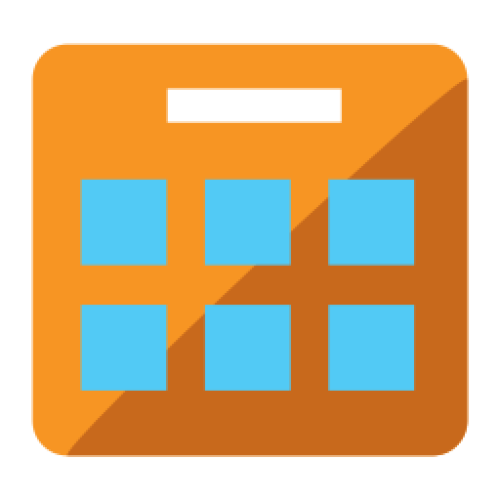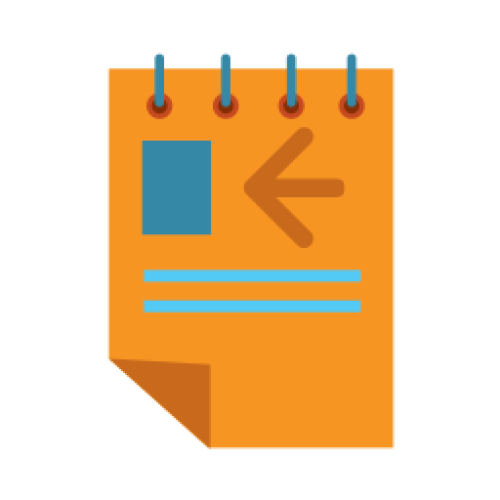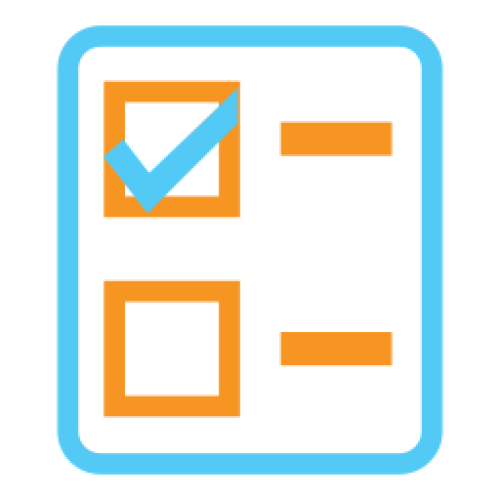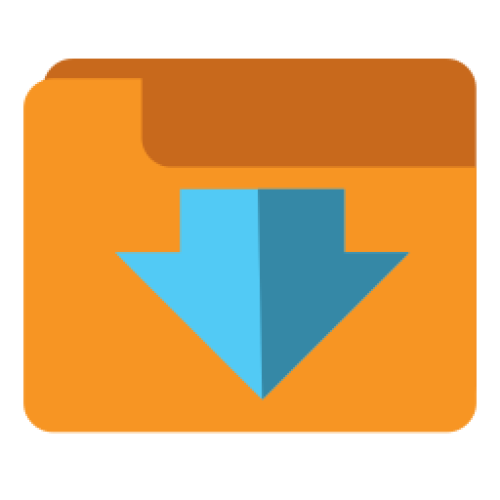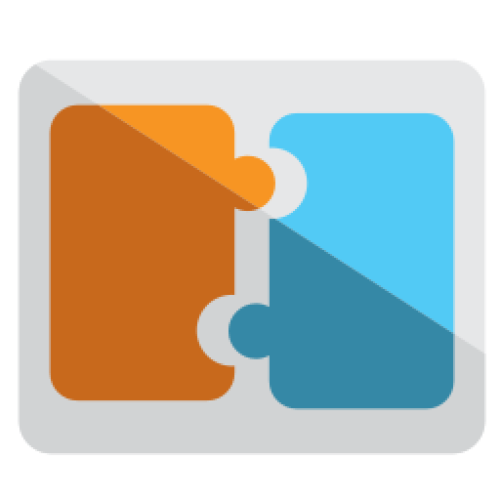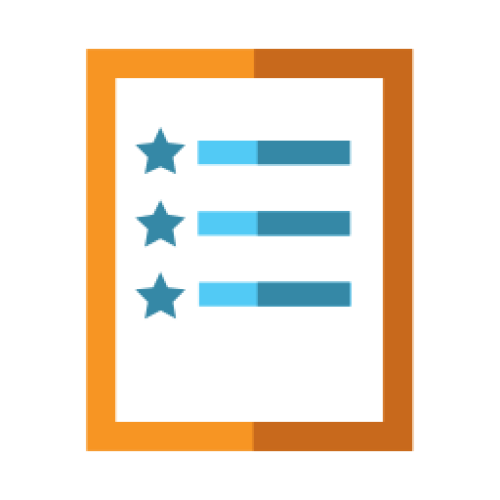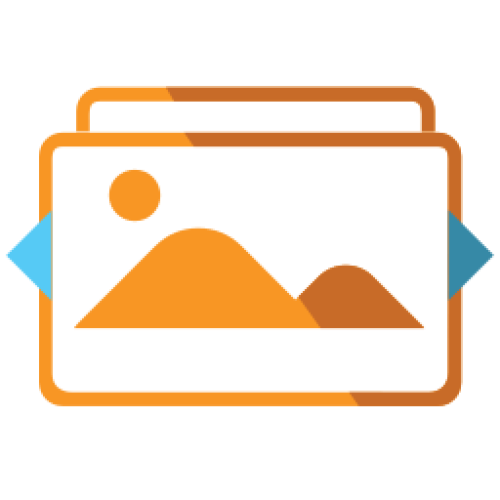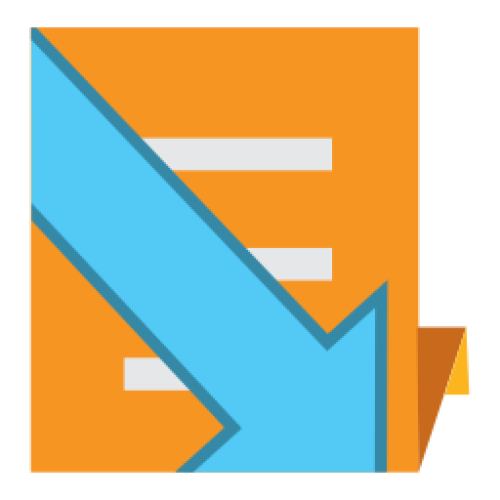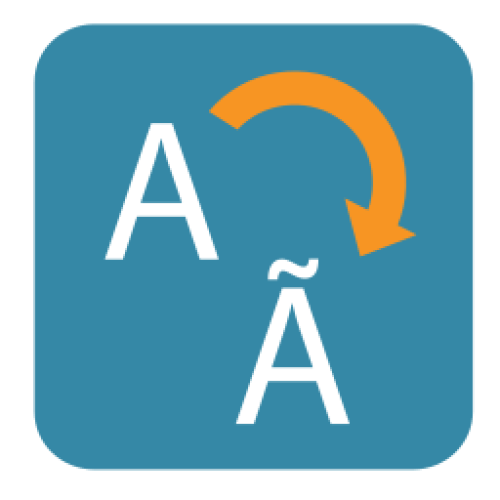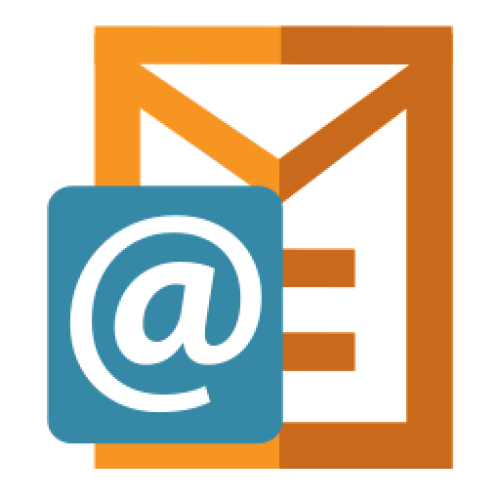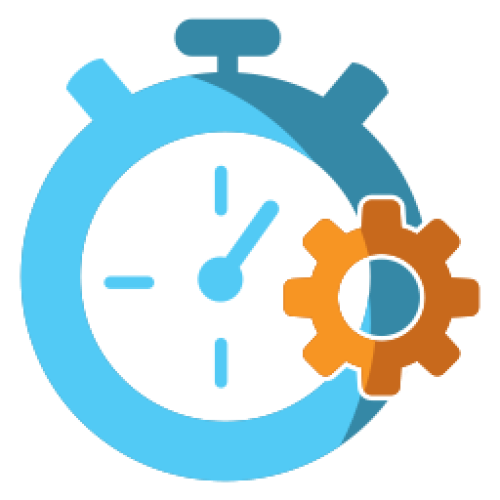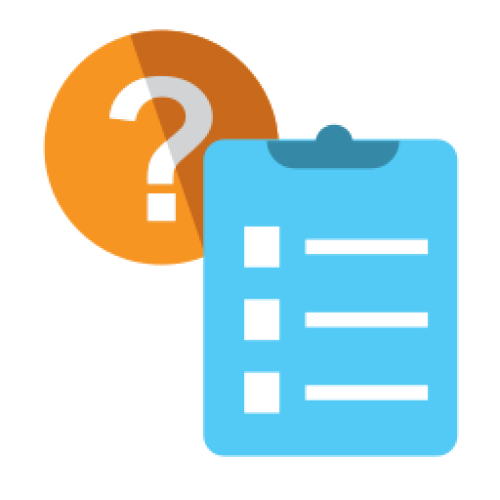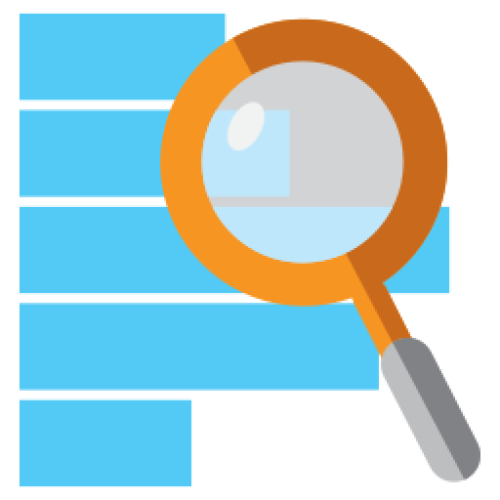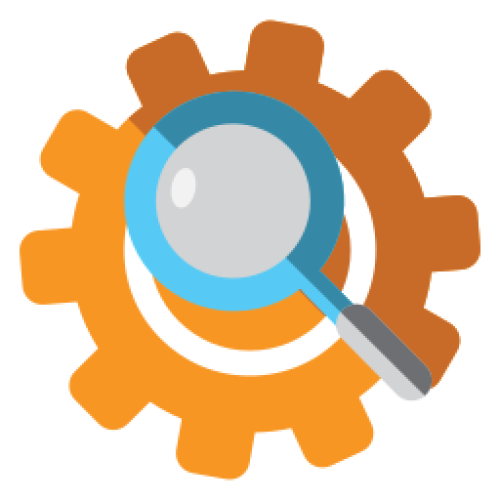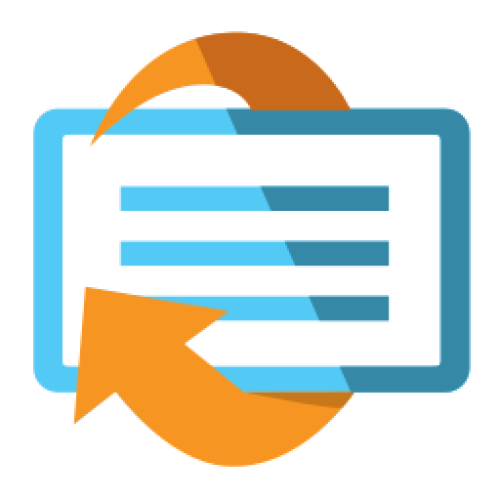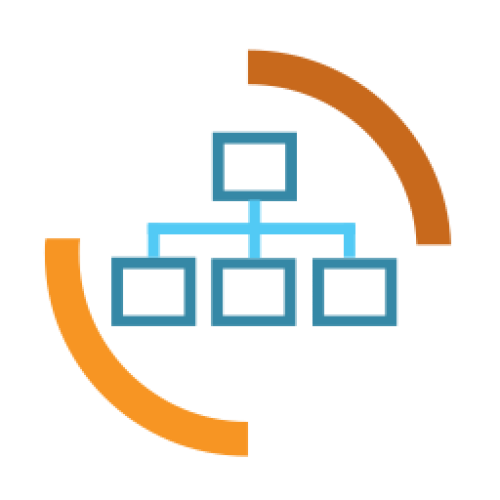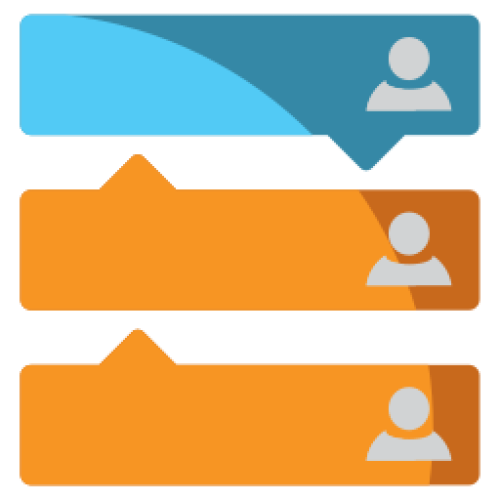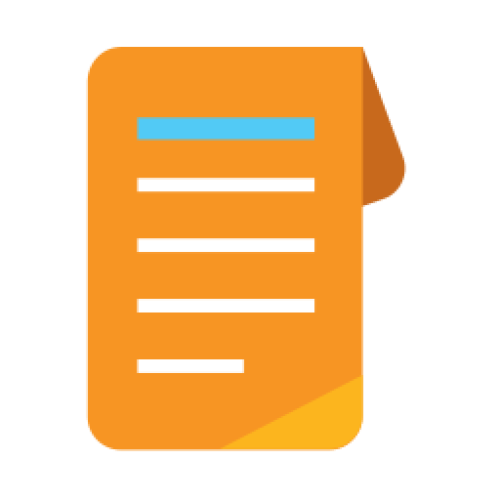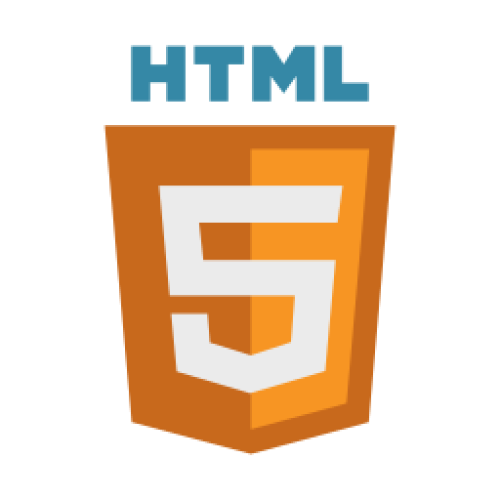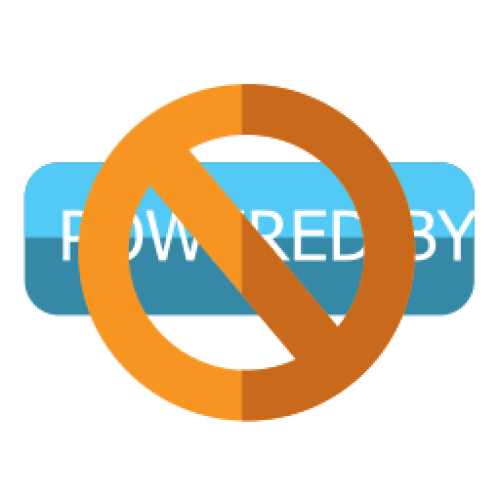Features: A-Z Index
A
B
C
D
E
F
G
I
L
M
N
P
Q
R
S
T
W
Newest 10 Entries
| Title | Warnings / Moderation |
|---|---|
| Icon |  |
| Description | (Conversr Only) Issue warnings (with an optional Private Topic sent to them) for unruly members. Optionally include one or more of several punitive actions as explained below. Ban the member's IP address so they can no longer access the site from that device (this also adds their IP address in your htaccess file) Ban the member so they can no longer log in (and their profile can no longer be viewed by others except high-ranking staff) Report spammers to public blocklists such as Stop Forum Spam Put members in a special restricted 'probation' usergroup for a specified number of days Silence a member from the forum or topic on which they made their problematic post (this also works on comments). Change a member's usergroup (useful to de-rank them) Automatically delete recent or violating content / posts posted by the member Charge points from the member's balance (also affects rank points to penalise their ability to rank up) Reverse recent point transactions members made in abuse Save and load explanatory messages for future use Automatically generate punitive action text in the Private Topic sent to the member Members can view their account standing on their profile, including any active punitive actions and their warnings history Staff can view full details of individual warnings including an action log and options to undo some of the individual punitive actions Develop your own cns_warnings hooks to define additional punitive actions that can be used with the warnings system Use one of the several pre-defined "reasons" for a warning in the dropdown to include the warning in your site statistics (for number of warnings issued by reason). |
| Title | Spam Protection |
|---|---|
| Icon | 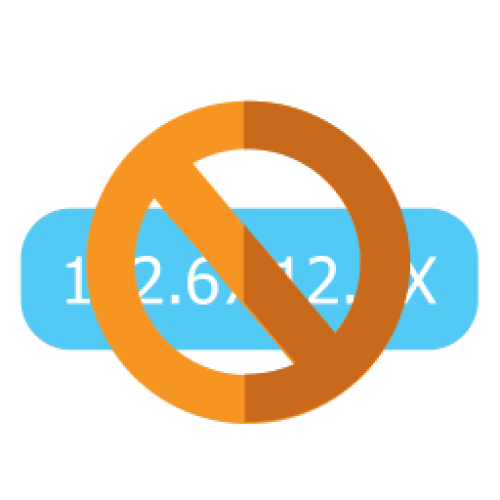 |
| Description | Configurable word filters Investigation: Investigate activity by member ID, username, IP address, or e-mail. Ban troublesome IP addresses. CAPTCHA: Include CAPTCHA on forms for guests and new members. Enable CSS and/or JavaScript CAPTCHA to make detection by bots much harder. Enable an audio version for the visually impaired. Integrate with known-spammer blacklists: Multiple configurable levels of enforcement. Honeypots and blackholes: Find and ban bots via automated traps that humans would never see or fill out. Heuristics: Clever ways to detect and block spammers based on behaviour. Published e-mail addresses will be protected from spammers Protection from spammers trying to use your website for their own SEO |
| Title | Template Programming Language |
|---|---|
| Icon |  |
| Description | Also known as Tempcode. Perform computations: Run loops, manipulate logic, numbers, and text. Handy effects: Easily create design effects like “Zebra striping” and tooltips – and much more. Branching and filtering: Tailor output according to permissions and usergroups, as well as user options such as language selection. Include other templates, blocks, or pages, within a template Create and use standard boxes: Avoid having to copy and paste complex segments of XHTML5. Easy web browser sniffing: Present different markup to different web browsers, detect whether JavaScript is enabled, detect bots, and detect PDAs/Smartphones. Randomisation features Pull up member details with ease: For example, show the current users avatar or point count. Easily pull different banner rotations into your templates Escaping: Easily escape parameters and strings to avoid JavaScript or HTML syntax errors and XSS vulnerabilities. Create your own Tempcode symbols through hooks |
| Title | Testing tools |
|---|---|
| Icon |  |
| Description | Switch users: Masquerade as any user using your admin login Change theme images inline with just a few clicks Easily find and edit the templates used to construct any screen Error monitoring: Get informed by e-mail if errors happen on your site. Make inline changes to content titles Easy text changes: Easily change the language strings used to build up any screen. Easily diagnose permission configuration problems: Log permission checks, or interactively display them in Firefox. Testing platform: Use our testing_platform non-bundled addon when developing with Composr to ensure nothing has been broken. Profiler: Use the documented profiling tool to monitor intensive logic and their time / memory consumption. Health check: Use the bundled health check to routinely run site checks and report any issues or failures detected. |
| Title | Rich Media |
|---|---|
| Icon |  |
| Description | Comcode: Powerful but simple content-enrichment language. Media embedding: Easily integrate/attach common video and image formats, as well as embeds for common sites such as YouTube (just by pasting in the URL). Easily create cool effects: Create scrolling, rolling, randomisation, and hiding effects. Put content in boxes, split content across subpages. Create XHTML5 overlays. Place tooltips. Customise your content for different usergroups Create count-downs and hit counters Automatic table of contents creation for your documents Custom Comcode tags: Set up your own tags, to make it easy to maintain a sophisticated and consistent design as your site grows. Embed pages within other pages |
| Title | Design without barriers |
|---|---|
| Icon |  |
| Description | Full control of your vision: Control hundreds of settings. Strip Composr down. Reshape features as needed. Full templating support: Reskin features to look however you want them to. No navigation assumptions: Replace default page and structures as required. No layout assumptions: Shift content between templates, totally breaking down any default layout assumptions. Embed content entries of any type on your pages |
| Title | Themeing tools |
|---|---|
| Icon |  |
| Description | Theme Wizard: Recolour your CSS and theme images in just a few clicks (Composr picks the perfect complementary palette and automatically makes 100's of CSS and image changes) Logo Wizard: Generate a basic logo for use on your site Built-in template and CSS editing tools Interactive CSS editor: Quickly identify what to change and preview. |
| Title | Administration Zone |
|---|---|
| Icon | 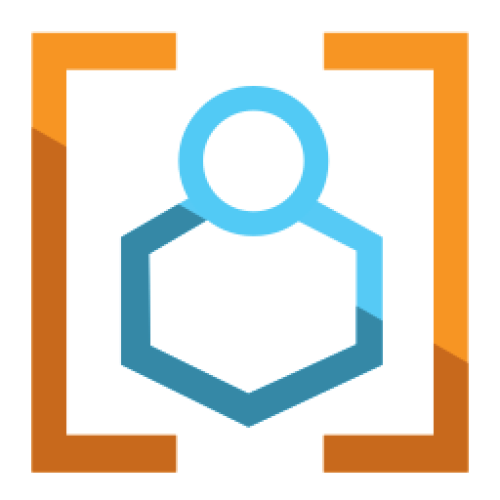 |
| Description | Dashboard: View a checklist of things that need done, software upgrade information, latest Composr news, posts in the staff forum, staff notes, useful links, and more. Audit: View logs and statistics of just about anything with the site and Composr system. Site statistics: View comprehensive graphs and statistics across a wide range of metrics. Set your own KPIs and get notified when they are reached. Security: Control site access (including IP bans), privileges, members / usergroups, and word filters. Structure: Manage and upgrade addons, define zones, configure chatrooms and forums, manage menus, create redirects, and edit the sitemap. Style: Whitelist the software, manage emoticons, manage themes / run the theme wizard, run the logo wizard, and translate / rephrase the software. Setup: Set a wide variety of options for your site depending on what addons you have installed. Tools: Run full or incremental backups, scan for broken URLs, clear the cache or run optimisation tools, edit the code, run Commandr, run the upgrader, run health checks, import content from another site, make and send newsletters, run server checks and view PHP info, run privacy purging or downloading, send an e-mail through the software, and view Composr contributors Content: Manage all of your content for your site Help: Search across the site or the tutorials for something Conflict detection: Detect when multiple staff are trying to change the same thing at the same time. Examine action logs: See exactly who has done what and when Commandr: Optional use of a powerful command-line environment (for Unix geeks). Use unix-like tools to explore and manage your database as it if was a filesystem, and perform general maintenance tasks. Aggregate content types: Design complex content relationships, cloning out large structures in a single operation. Content versioning: See revisions of certain content |
| Title | Website Polls |
|---|---|
| Icon | 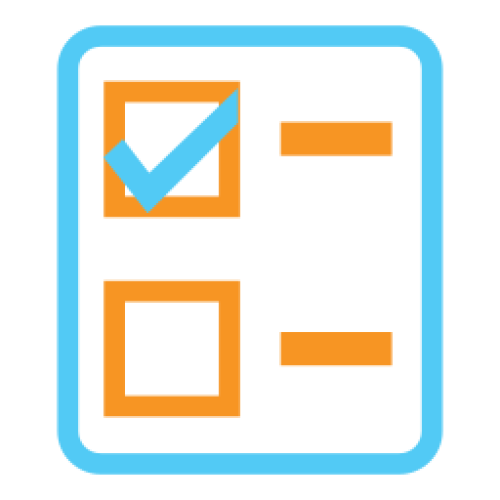 |
| Description | Integrate polls into your website: Gauge visitor opinion. Community involvement: Users can submit polls and comment and rate them. Multiple polls: Showcase different polls on different areas of your website. Archive the data from unlimited polls |
| Title | Community features |
|---|---|
| Icon |  |
| Description | User content submission: Allow users to submit to any area of your site. Optionally enable validation so staff must approve the content before it goes live. Public awards: Give public awards to your choice of “best content” Per-usergroup privileges: Give special members access to extra features, like file storage Recommend: Visitors can recommend your website or a page to other visitors. Control who can specify their own custom message and those who must use the default (spam prevention). Members can report content to you for review via "Report This" links (which creates a Support Ticket with a copy of the content at the time of reporting). You can also turn validation off for content to hide it after a certain number of reports. |
Top 10 Entries
| Question | What are Installation Options and how can I change them? |
|---|---|
| Answer | Installation Options are low-level settings for Composr, such as database details and default language. You can access the Installation Options editor through:
Remember that you'll need your maintenance password, specified during installation, to access and modify these options. |
| Question | How do I open or close my Composr website to the public? |
|---|---|
| Answer | By default, your Composr site is closed after installation. To open it to the public (or to close an opened site), go to Admin Zone > Setup > Configuration > Site options > Closed site and adjust the setting accordingly. You can also configure a closed site message. While a closed site prevents public access, it's worth noting that users can still join a closed Conversr-powered site if they have access to the join module URL. However, they won't be able to log in unless they're assigned to a usergroup with "Access closed site" permissions. You can modify the join module's permissions to restrict access further. |
| Question | What is the .htaccess file and how does it relate to Composr? |
|---|---|
| Answer | The .htaccess file is a configuration file for the Apache web server. It allows you to define settings that apply to the directory where it's located and its subdirectories. Composr can leverage .htaccess to enhance security and enable features like "URL Schemes." You can try renaming the provided recommended.htaccess file to .htaccess. This file includes recommended options that tighten security and ensure Composr has necessary PHP and Apache features activated. Note that some web hosts might restrict the use of .htaccess files. You should regularly review recommended.htaccess for changes between Composr updates. |
| Question | How do Composr permissions work? |
|---|---|
| Answer | Composr employs a multi-layered permission system with two main types: privileges and access permissions. The system grants users the best possible access based on the combination of their usergroups. Privileges define broad permissions, such as accessing a closed site or content manipulation abilities based on impact level (low, medium, high). You can set privileges for usergroups via checkboxes, with the option to override them for specific pages or categories. Go to Admin Zone > Security > Global privileges. Access permissions control what content users can view. These permissions are layered:
To configure access permissions, you can edit the specific resource or utilize the Permissions Tree Editor under Admin Zone > Security > Permissions Tree Editor. |
| Question | How do I set up the system scheduler in Composr? |
|---|---|
| Answer | The system scheduler is crucial for scheduled tasks like sending notifications, running backups, and processing reports. To set it up, you need to schedule a system-level task to run the data/cron_bridge.php file at least every 10 minutes. This links Composr's scheduler with your server's scheduler (like Cron on Linux). Composr can often detect the correct command to use for your setup. You can check by visiting http://yourbaseurl/data/cron_bridge.php?query_mode=1, which should display the suggested Cron command. Note that you may need to replace the php command with the absolute path to PHP if you cannot use the php command directly. If your hosting doesn't support Cron or scheduled tasks, you can enable scheduled tasks to run when visitors access your site. Navigate to Admin Zone > Setup > Configuration > Performance options and check "Web requests run scheduled tasks". Keep in mind that this method relies on visitor traffic and isn't as reliable as a dedicated scheduler. Alternatively, consider using external services like EasyCron, setcronjob.com, or onlinecronjobs.com. These services allow you to schedule calls to the data/cron_bridge.php script by URL at specified intervals. |
| Question | What are the different security levels in Composr's Setup Wizard and what do they affect? |
|---|---|
| Answer | Composr offers five security levels in the Setup Wizard: Minimum, Low, Medium, High, and Ultra High. Each level sets various security configurations that you can later customize under Admin Zone > Setup > Configuration. The security levels influence settings such as:
The higher the security level, the more stringent the security measures, with Ultra High offering the most robust protection but the most potential inconvenience to users. Generally, you should use these settings depending on your site:
|
| Question | How do I change my website's logo? |
|---|---|
| Answer | You can change your site's logo manually or by using the Logo Wizard. To change it manually, go to Admin Zone > Style > Themes. Choose "logo/-logo" from the dropdown list, which represents the logo for the Welcome Zone and any zone without a specific logo. Replace the current image by uploading a new .jpeg, .gif, or .png file. Ensure that the 'Name' field remains unchanged. |
| Question | What are Composr addons and how do I manage them? |
|---|---|
| Answer | Composr is built using a series of addons that provide different functionalities. All "bundled" addons are installed by default. Once you are familiar with Composr, it's recommended to remove any bundled addons you don't need to simplify your site and prevent accidental exposure of unconfigured features to visitors (the Setup Wizard can also uninstall these addons based on your preferences). You can manage addons by navigating to Admin Zone > Structure > Addons. Uninstalled addons are archived and can be restored later, but any associated data will be permanently lost. Composr also offers non-bundled addons. These addons are not bundled because they are not considered mainstream, rely on third-party services, haven't been vetted to Composr standards, or don't fully conform to those standards. You can install non-bundled addons by going to Admin Zone > Structure > Addons, scrolling to the bottom and clicking "Import non-bundled addon(s)". You will need to browse to the addon file and click the import button. Once imported, review the warnings and proceed to install the addon. You can also download and import addons from this website under the Downloads section. |
| Question | What are some of the default Comcode pages in Composr? |
|---|---|
| Answer | Composr includes several default Comcode pages, each serving a specific purpose:
Remember that you can edit these default pages or create entirely new ones to tailor your site's content to your specific needs. |
| Question | How do I hide a Comcode page from the sitemap? |
|---|---|
| Answer | If you want to prevent a Comcode page from appearing in your sitemap, you can simply prefix its name with an underscore (_). For example, pages named "_test" or "_example" would be excluded from the sitemap. Note that this generally does not hide the page from your site itself (to do that, use the validation addon to turn validated to "OFF" for the pages); it only hides them from the sitemap / search engines. |

